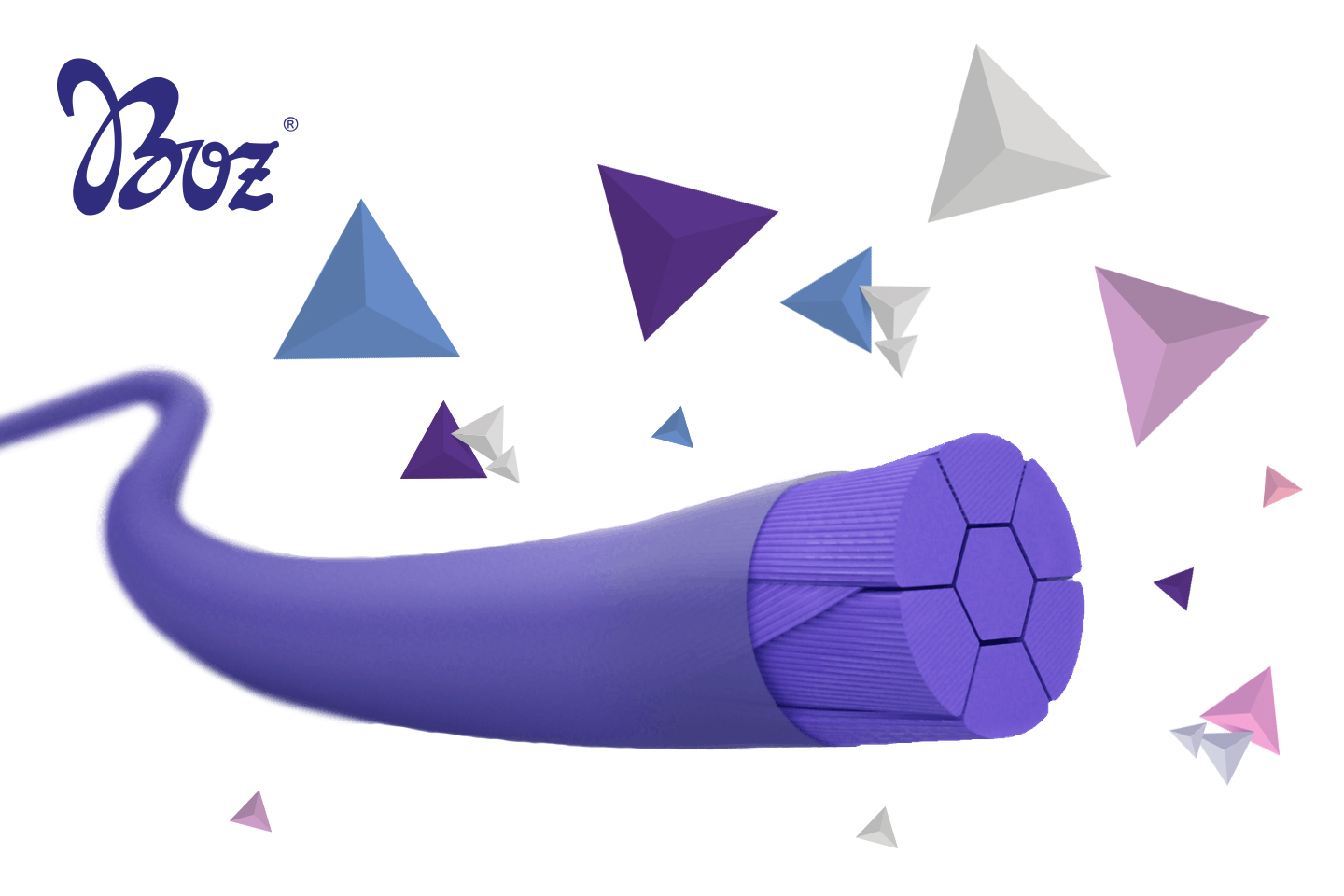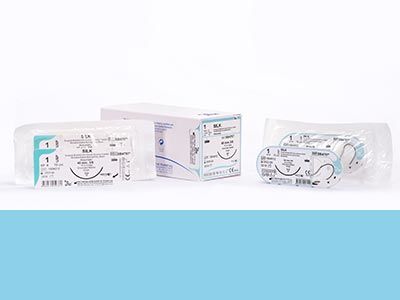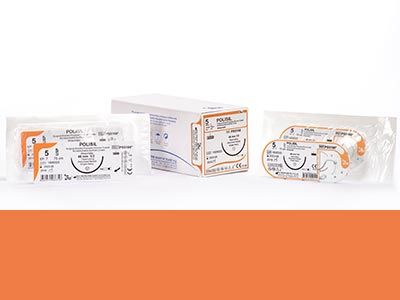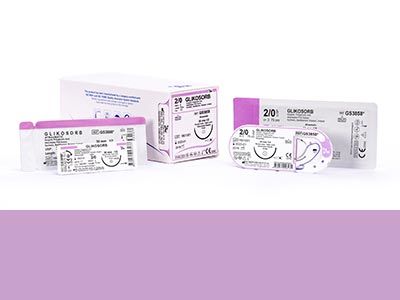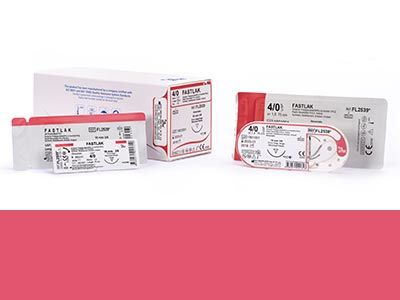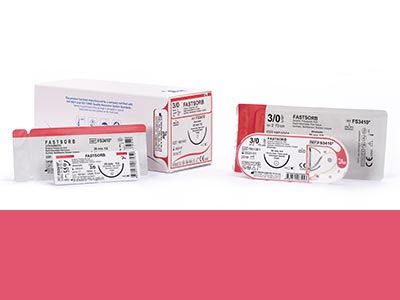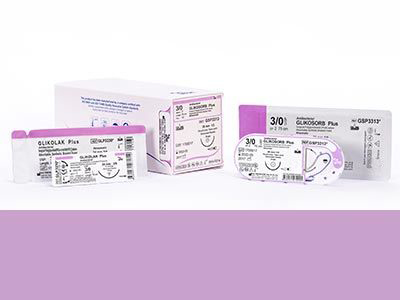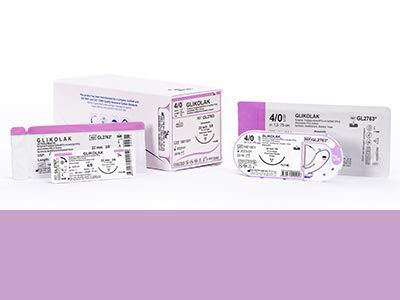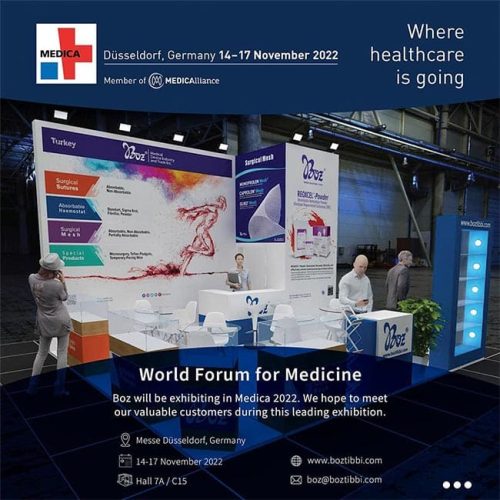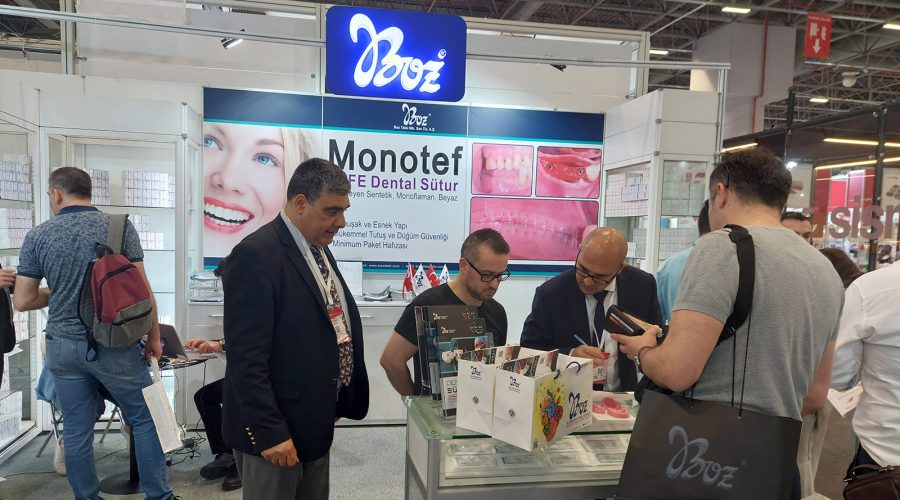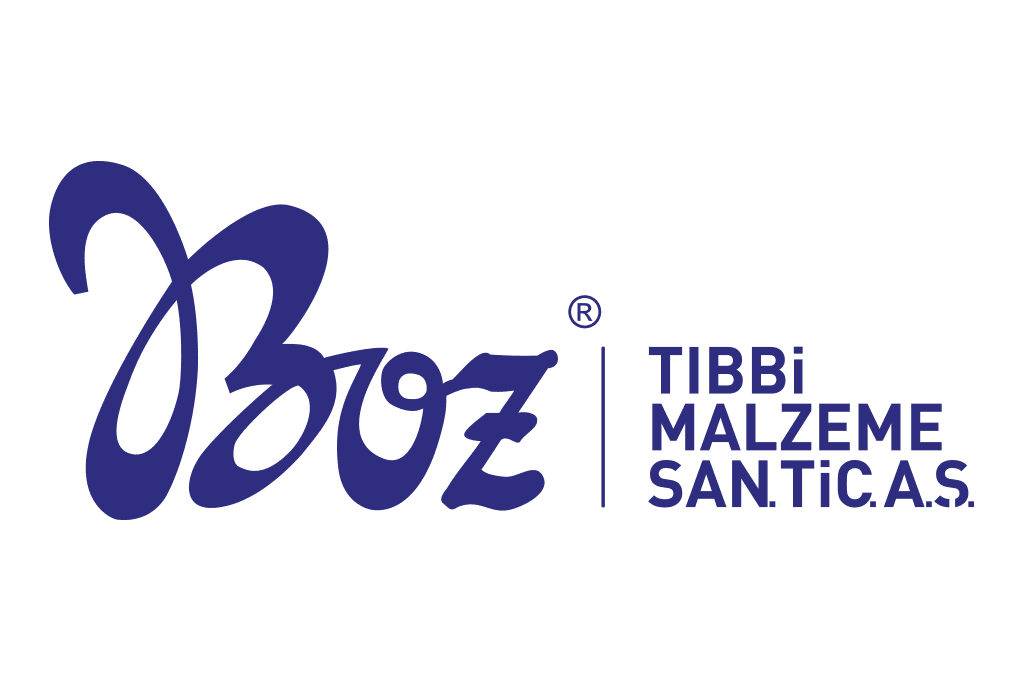Suture is a surgical suture material with different types and dimensions depending on the size, type or region of the wound to offer temporary or permanent wound support by ensuring the control of bleeding, to support wound healing, prevent infection, connect the damaged tissue for planned or unplanned wound damages that might be due to a surgical intervention or a trauma. (3)
Sutures which are known as the surgical sutures are divided into two groups as absorbable and non-absorbable surgical sutures as well as monofilament and multifilament sutures. In our previous article, we have talked about monofilament sutures; in this article, we will talk about the advantages and disadvantages of multifilament sutures which are also known as braided sutures, where these sutures are used and the chemical raw materials in their structures.
What Are Multifilament Sutures?
Multifilament sutures which can have natural or synthetic structures consists of braiding or wrapping multiple filaments. These braided surgical sutures have two types depending on braid or wrapping type; if two filaments are combined and braided, these are called twisted and if more than two filaments are braided, these are called braided. These have capillary property and although the capillary property is reduced with coating, this property cannot be completely eliminated.
What Are the Advantages of Multifilament Sutures?
Multifilament surgical sutures are more durable than monofilament sutures, they are easy to use and they do not get lose easily due to high knot safety. (1) These sutures are flexible, strong, soft and bendable. Also, multifilament sutures have high resistance value and durable against wear. (3)
What Are the Disadvantages of Multifilament Sutures?
Multifilament sutures with absorbable and non-absorbable types are not suitable for wounds with high infection risk as the risk for microbial colonization is high for the sutured tissue. These sutures pass hard from the tissue; since the filaments are braided, there is an increasing friction coefficient as the multifilament suture passes from the tissue and therefore, the damage and reaction risk for the tissue is high. (4) Special coating is used to minimize this problem, to make the passing from the tissue easier and decrease tissue damage. Generally, these sutures are preferred to connect the internal organ tissues after surgical interventions. (4) However, there might be exceptions and surgeons might prefer these sutures for surface tissue depending on the wound structure.
Which Raw Materials Are Used for Multifilament Sutures?
There are lots of different multifilament (braided) surgical sutures which include Polyglycolic acid (PGA), Poly Glycolide Lactic Acid (PGLA), Polyester (PET) and natural silk consisting of an organic polymer called fibroin.
What Is The Chemical Structure of Non-Absorbable Multifilament Sutures?
The chemical structure of the non-absorbable braided sutures include polyester raw material consisting of ethylene tetraflate as coating material. An organic polymer called fibroin is used for natural non-absorbable surgical sutures.
What Is The Chemical Structure of Absorbable Multifilament Sutures?
The chemical structure of the absorbable sutures include synthetic manufactured from 100% polyglycolic acid. For the special coating material of braided surgical filaments, a mixture of Calcium Stearate and Polycaprolactone or Poly (Glycolide Lactide) (30/70) is used. Fast absorbable braided sutures are degraded with gamma for fast hydrolysis/absorption and gamma radiation is used for the sterilization.
What Is The Chemical Structure of Antibacterial Absorbable Multifilament Sutures?
To prevent bacteria formation after connecting the tissue with surgical intervention, antibacterial multifilament (braided) surgical sutures can be preferred in some cases. Since the chance for braided surgical sutures to have microorganisms is higher than a monofilament suture consisting of a single suture, the absorbable sutures can be made antibacterial. To do that, chlorhexidine diacetate (CHA) agent which is a large spectrum anti-bacterial agent with no more than 60 mg/m in the chemical structure gives the antibacterial effect.
Bibliography
(1) Dereli, T . “SÜTÜR MALZEMELERİ VE SÜTÜR TEKNİKLERİ”. Güncel Dermatoloji Dergisi 1 (2016 ): 24-33
(2) Öğr. Gör. Öznur Özdinç (Gaziantep Üniversitesi): Ameliyat İpliklerinin Özellikleri | Properties of Suture Materials
(3) Şerife Daylan (Ankara Numune Eğitim ve Araştırma Hastanesi, Ankara – 2018): Sütur Materyalleri ve Diğer Kapatma Malzemeleri
(4) Desiree Ratner, MD Clinical Professor of Dermatology, NYU Langone Health. (2020): What are the differences between monofilament and multifilament sutures? https://www.medscape.com/

